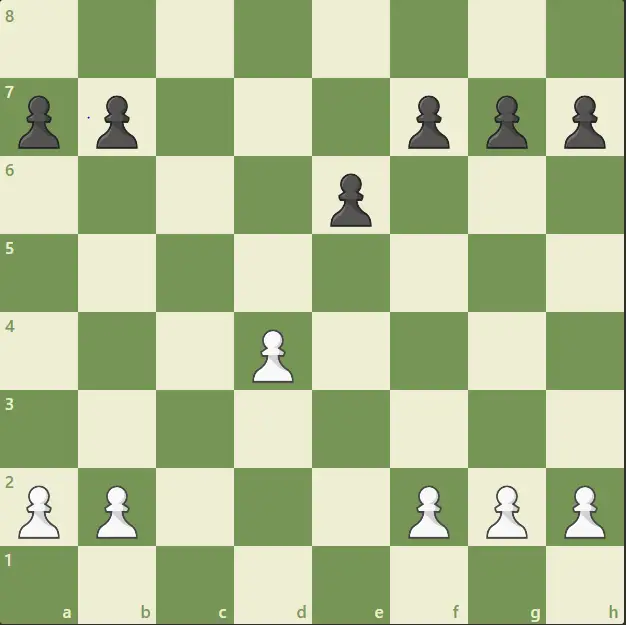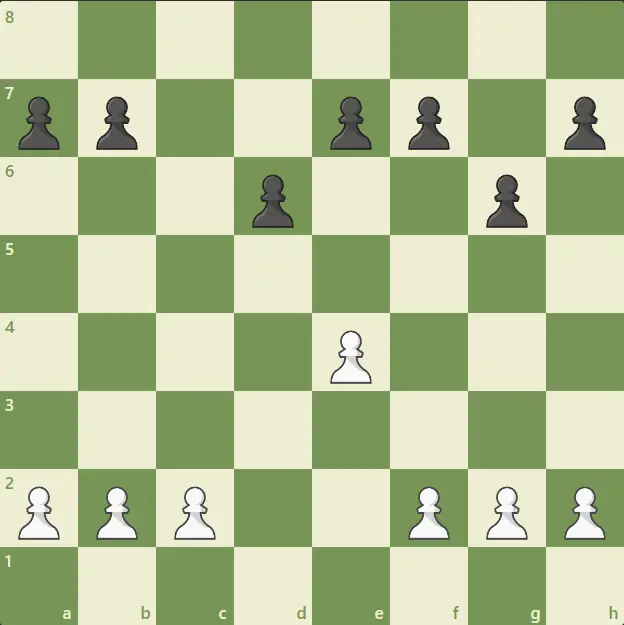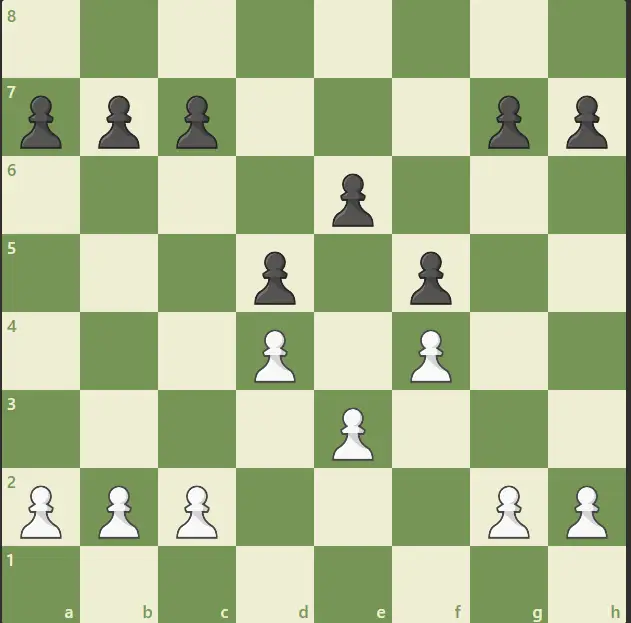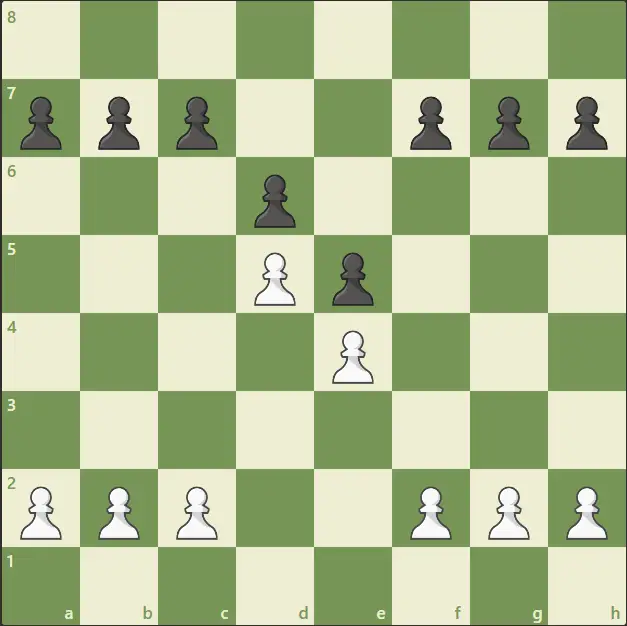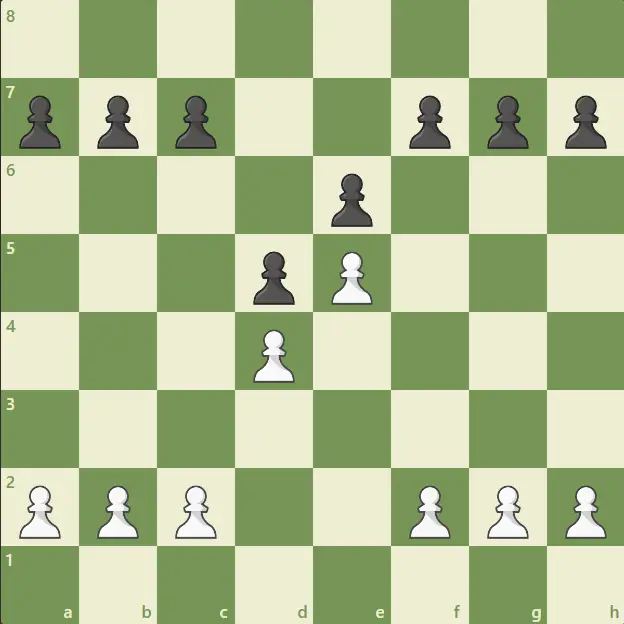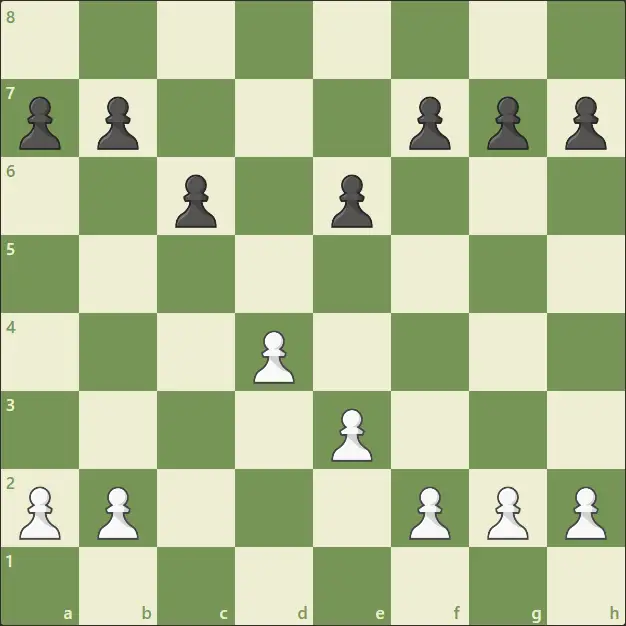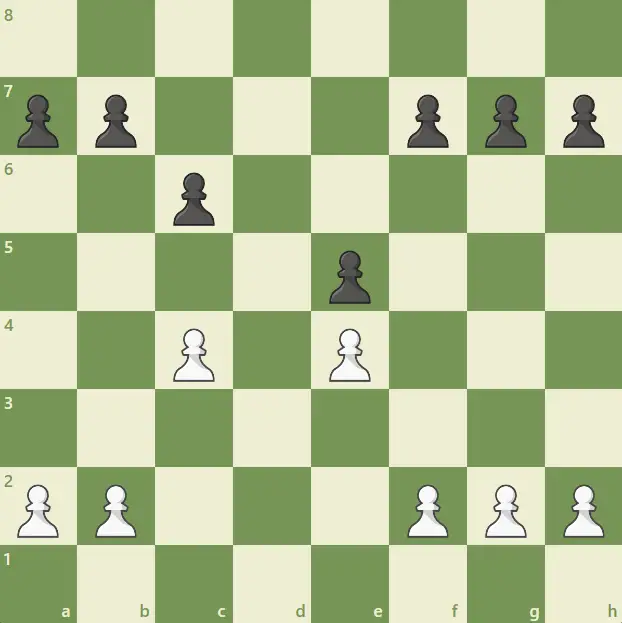Which do you think is the most powerful piece in Chess?
The Queen? The King?
The Pawns! Well, everyone has their own perspective and expertise with certain pieces, but if you know how to handle the pawns well, they can wreak havoc and give you a stronghold of the entire Chessboard, and even the most basic Pawn moves can take on Queens and Rooks. And who can forget that Pawns have the ability to change into any piece once they reach the last rank.
And that is why when you start your Chess journey, it is important to observe your Pawn moves and see what’s working and what isn’t. That is why if kids plan to pursue Chess professionally, online chess coaching for kids is a great way to brush up their Chess skills.
So to make the most of the Pawns, it is very important to make sure how you move the first few moves. These moves will ensure your Pawn structure throughout the game.
WHAT IS A PAWN STRUCTURE?
Pawns, unlike other pieces, have the least mobility on the board. And hence to make the most of them, they have to be set in a way that together, 2 or more pawns create restrictions or attacks. The way the pawns are set is called a Pawn Structure.
Pawns are the only pieces that do not move backwards. And hence whatever formation they make are either permanent or long-term structures. So, each Pawn move has to be made with care to ensure even the most basic Pawn moves are effective.
WHY IS A PAWN STRUCTURE IMPORTANT?
- It ensures centre control of the board.
- It restricts the movements of the opponent’s major and minor pieces.
- It helps in creating an attack on the opponent, which later leads to developing the Pawn in the last rank.
- It creates a wall when you want to defend your pieces.
So let us look at a few basic Pawn structures that every beginner should learn about:
1.Isolated D Pawn Structure:The Queen’s Gambit Isolani
This pawn formation comes primarily out of the Queen’s Gambit position and has been a very successful weapon of the legendary World Champion, Gary Kasparov. In this position, the game revolves around the White’s extended D pawn. If Black can capture that Pawn, it will give them a big structural advantage. But if White can extend that further to D5, it can get a great development advantage.
Kasparov is well known for sacrificing the D4-D5 Pawn and then unleashing an attack from his other pieces that pose a great threat to the opponent.
2.Caro Formation
As the name suggests, this Pawn structure is majorly formed with the Caro-Kann opening. It gives both sides a solid structure to play and ensures a long strategic game. With the Pawn on D4, White has a slight edge over the position, and Black has to work throughout the game to try and equalize the position.
There is something for both sides in the position. White with the D4 Pawn has great control on C5 and E5 square. And Black has 2 Pawns on the 6th rank, ready to prevent any advancement ideas of White.
3.Sicilian Dragon
The formation is so named because the Pawn structure resembles the Draco(Dragon) constellation. White’s most common move is E4, and the Sicilian Defense is the best reply to that move. And in the Sicilian opening, the Dragon formation is an effective way to prevent any D4 ideas which White might implement to gain centre control.
For White, there is a good outpost in the centre and a chance to attack the Kingside. And Black has a chance to fianchetto the Bishop and play with an attack on the long diagonal.
4.Stonewall Formation
Stonewall structure is one of the most popular and common Pawn structures that are symmetrical in nature and results in closed games. In this structure, both E4 and E5 squares are blocked by pieces of both sides; the players approach carefully as to how to take back the control of those squares.
Players have to make good use of their other minor pieces to capture the pawns creating this structure and exchange their pieces wisely.
5.D5 Chain Formation
This chain that usually favours White is majorly formed from the King’s Indian opening. This position arrives when Black tries to attack White’s central Pawn, and instead of capturing it, White extends its D Pawn. This is a closed game where attacks can be seen happening on the opposite side of the board, where each player tries to start the attack before the opponent.
The players fight for space against the other player. White has a slight edge as the D5 Pawn marches ahead as the leader with an army of connected Pawns behind it.
6.E5 Chain Formation
E5 Pawn formation is a mirror image of D5 Pawn formation, where White has space on Black’s Kingside. White extends its Pawn to E5 and takes control of the 6th rank. Black, on the other hand, tries to capture the leading E5 Pawn and weaken the structure.
Similar to D5 ideas, there is an opposite side attack here as well, and a race as to which side will attack first.
7.Slav Formation
The Slav formation focuses on C file and is formed out of the Slav, Catalan, and a few other openings. This is one of the most common replies to White’s Queen’s Gambit. The position leads to space advantage, and a favourable position for White and Black is left to find counterplay throughout the game. But overall, Black’s position is solid, and there is no immediate threat.
8.Rauzer Formation
Rauzer is a Pawn structure that is formed after the King’s India opening. Apart from the slight imbalances of the C Pawns, the Pawn structure is fairly similar. The reason Black’s C Pawn advanced just 1 square is to control the D5 square and stop White’s Knight from coming forward. And White tries to gain space and control towards Black’s ranks.
There is no conclusive statement that these basic Pawn structures guarantees any sort of win over any side. You have to play carefully and ensure all the right moves in order to make the most of the advantage each Pawn structure has to offer.

